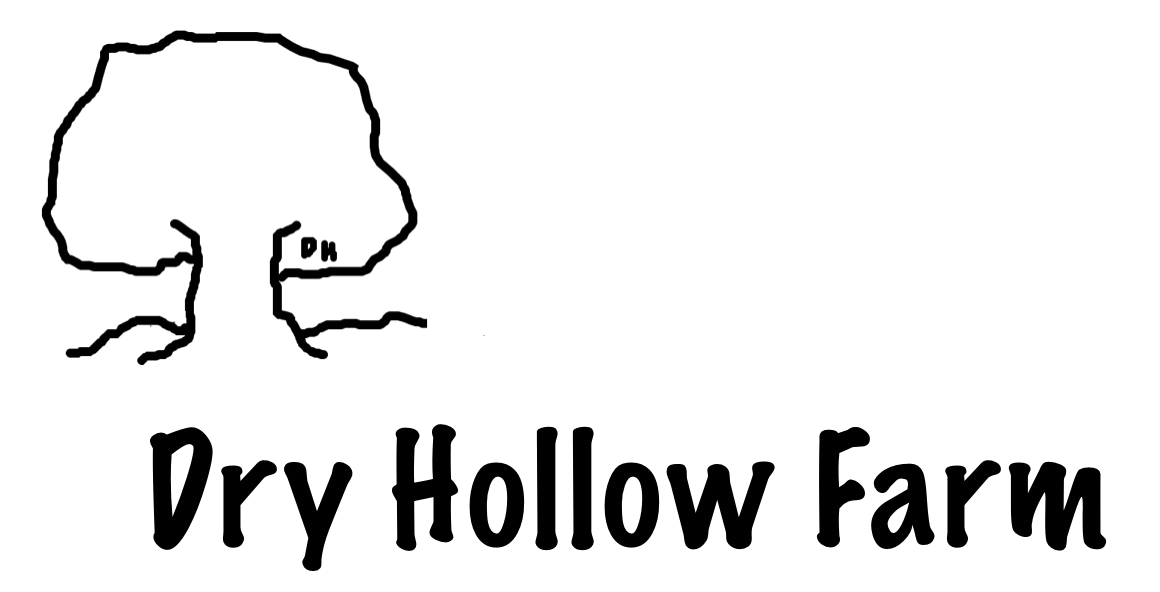Summer Soapmaking #2
After last week’s discussion of how we determined our approach to making soap, this week we revisit the soap-making process itself. Our approach is small-scale with each pour creating twenty-two bars of standard soap after an hour’s processing time. It is impossible to rush the process or increase the number of bars without retreating from our handcrafted, artisan approach to making soap.
Let’s begin with our ingredients, the most important of which is our goat milk. Generally we breed our goats to give birth January to March. Depending upon how we approach kidding season and bottle-feeding, we usually begin milking late January and continue through early June.
What truly makes our goat milk soap healthy and unique is our commitment to using only raw, unpasteurized, non-dehydrated milk. Our goats are pasture-grazed which promotes milk full of skin-healthy vitamins, minerals, fatty acids, and antioxidants. We never use dried or dehydrated milk reconstituted with water. In fact, there is absolutely no water anywhere in our soap products.
Twice a day after milking, we freeze our milk in ice cube trays for freezer preservation until we are ready to begin cold-process soapmaking.
Over the years, we have added (and subtracted) a number of soap variations, including baby shampoo bars, pet shampoo bars, gardening soaps, glycerin-goat milk combinations, and herbal soaps. One of the benefits of artisan soap production is the flexibility of experimenting with a wide variety of additives, molds, and fragrances.
Two of our primary soapmaking periods are early winter and mid summer. After harvesting and freezing milk from late winter through early summer, we spend most of the summer months re-stocking our soap offerings in anticipation of fall and Christmas sales.
Why do we plan so far in advance? Because a decent bar of hand-crafted soap requires at least four weeks of curing in order to produce a hard, long-lasting bar of soap. When soap is fresh, it releases moisture into the air as it hardens or cures, which may cause it to feel soft when pressed. We cure all of our soap in an upstairs, attic-like room of our log house. This part of the house remains hot throughout the summer months, encouraging the soap to dry quickly and efficiently.
After a day of soapmaking, we leave our soaps in their molds for at least 24 hours and up to three days. Once removed, the bars of soap lay in cardboard box lids for another week. After this we line the soap in rows on drying racks housed in upright sets of drawers. Once hardened, they are ready for packaging and labeling.
One of the realities of handcrafted soap is their unique look. Although many of our bars sport sharp corners and smooth surfaces, other bars are less uniform, have ridges and swirls, or do not have crisp edges. There are several reasons for this.
#1 The saponification process in soap-making happens very quickly. Once the soap mixture is ready for pouring into molds, the batter will begin hardening in a matter of minutes if not seconds. The first dozen bars we pour may be as smooth as glass with distinct edges. However, as we work our way through the molds, the mixtures thickens and will not pour smoothly. The final bars for the batch may sport ridges and less-than-perfect edges.
#2 The type of fragrance or essential oil added impacts the rate of saponification. Fragrances and essential oils are not added until after trace is achieved and the mixture thickens. These additives may cause rapid thickening which requires us to pour as quickly as possible into the molds of choice. On occasion, hardening happens so quickly that I do not have time to pour all bars of soap, and instead end up with a mound of soap at the end of the pour. This “mound” will be used in other products, such as goat milk sugar scrubs, or will become soap for our personal use.
#3 The third factor is temperature. For best results, the heated oils in soapmaking should be close to room temperature once the milk-lye mixture finishes dissolving. If the oil mix is too hot, which can happen if I rush the process, then saponification happens too quickly and the soap mixture hardens while pouring. In this case, the bars of soap will not be uniform or smooth.
None of these three factors affects the quality of the soap nor its usage. In all honesty, what will that bar of soap look like after its first use in the shower? Many of our customers like the wavy or ridged top surfaces as its adds a massage feel when used in the bath or shower. The difficulty lies when a customer places a wholesale order or buys multiple bars and expects a uniform look and feel. This is impossible to achieve without machinery and a factory setting. Slight differences in appearance are part of creating (or buying) a handcrafted product. Personally, we love the way our soap looks and feels - whether it is perfectly symmetrical or covered with ridges and whorls!
Dr. Kathryn Bush owns and operates Dry Hollow Farm, a working goat and sheep farm in Huntingdon, Tennessee. Together with her husband, Russell, she creates skincare products from their fresh goat milk, grows organic herbs, welcomes visitors to their two cabins on the farm (available for stays through Airbnb), keeps the farm’s on-site soap shop stocked with their handcrafted products, and enjoys working the farm in company with their Great Pyrenees dogs (who work hard guarding the animals). Check out their natural products featuring farm-grown ingredients here, and sign up for the Dry Hollow Farm newsletter to stay in touch and be the first to hear about farm news, events, and new products.


